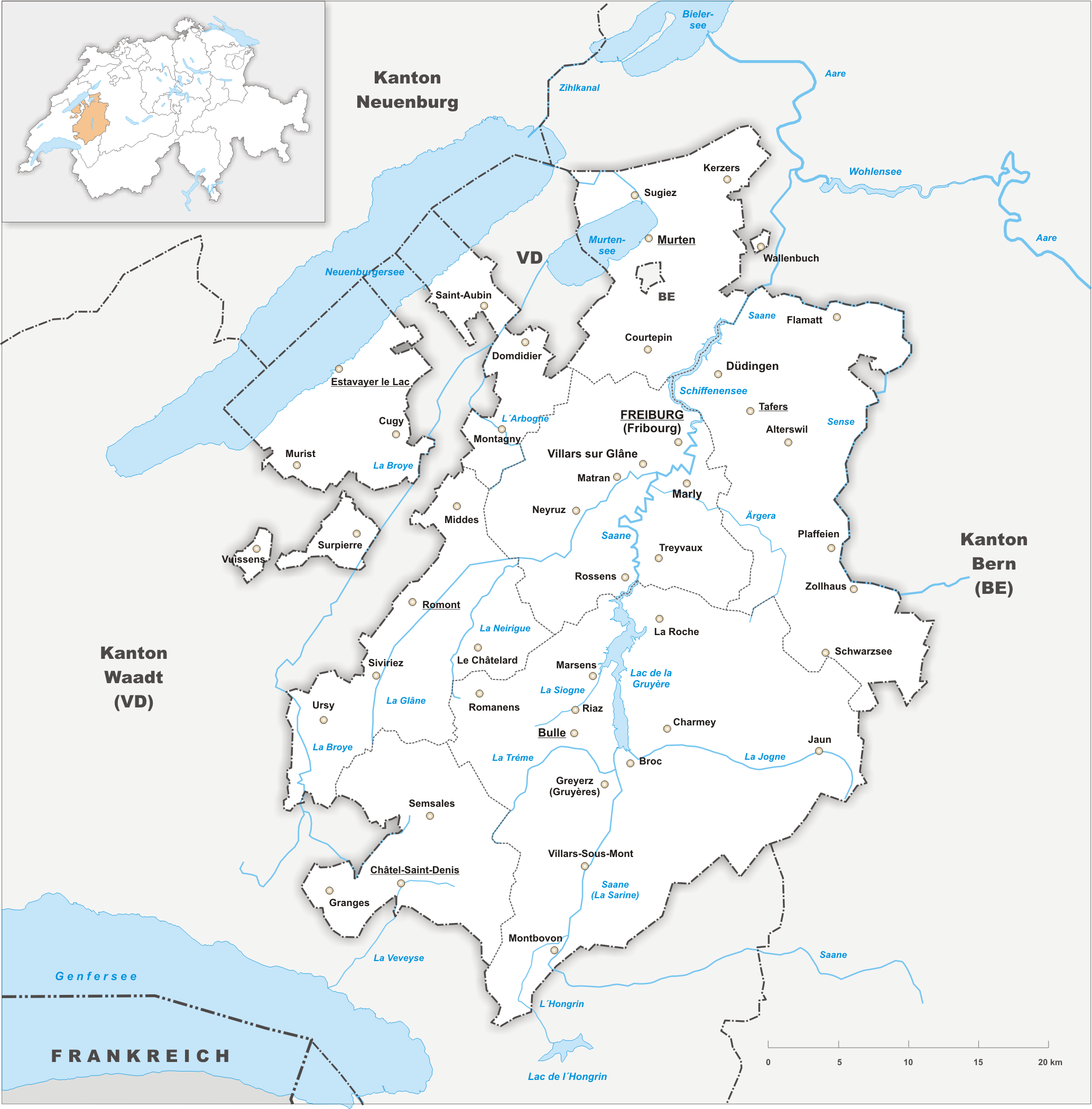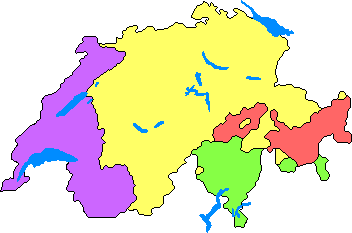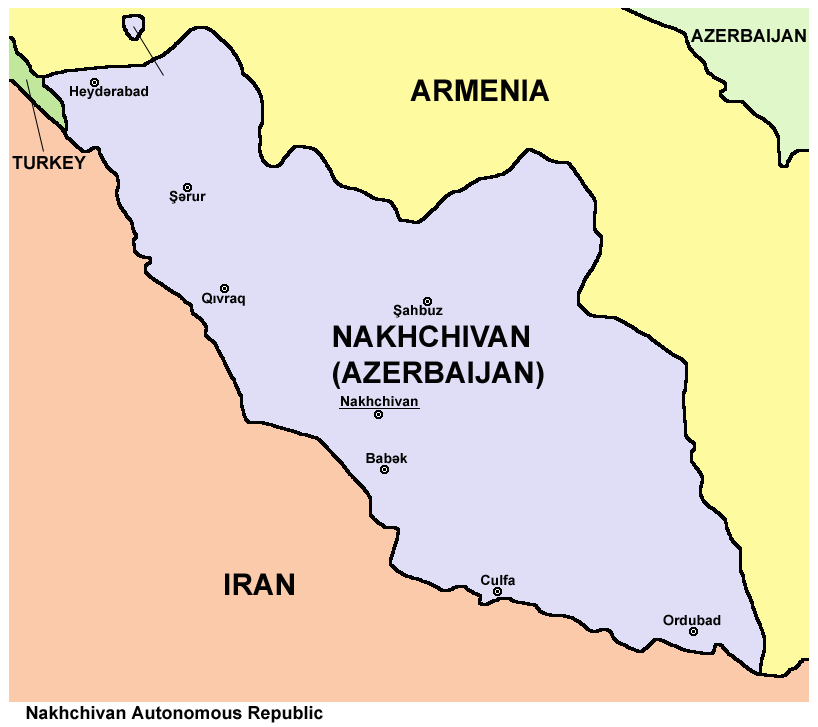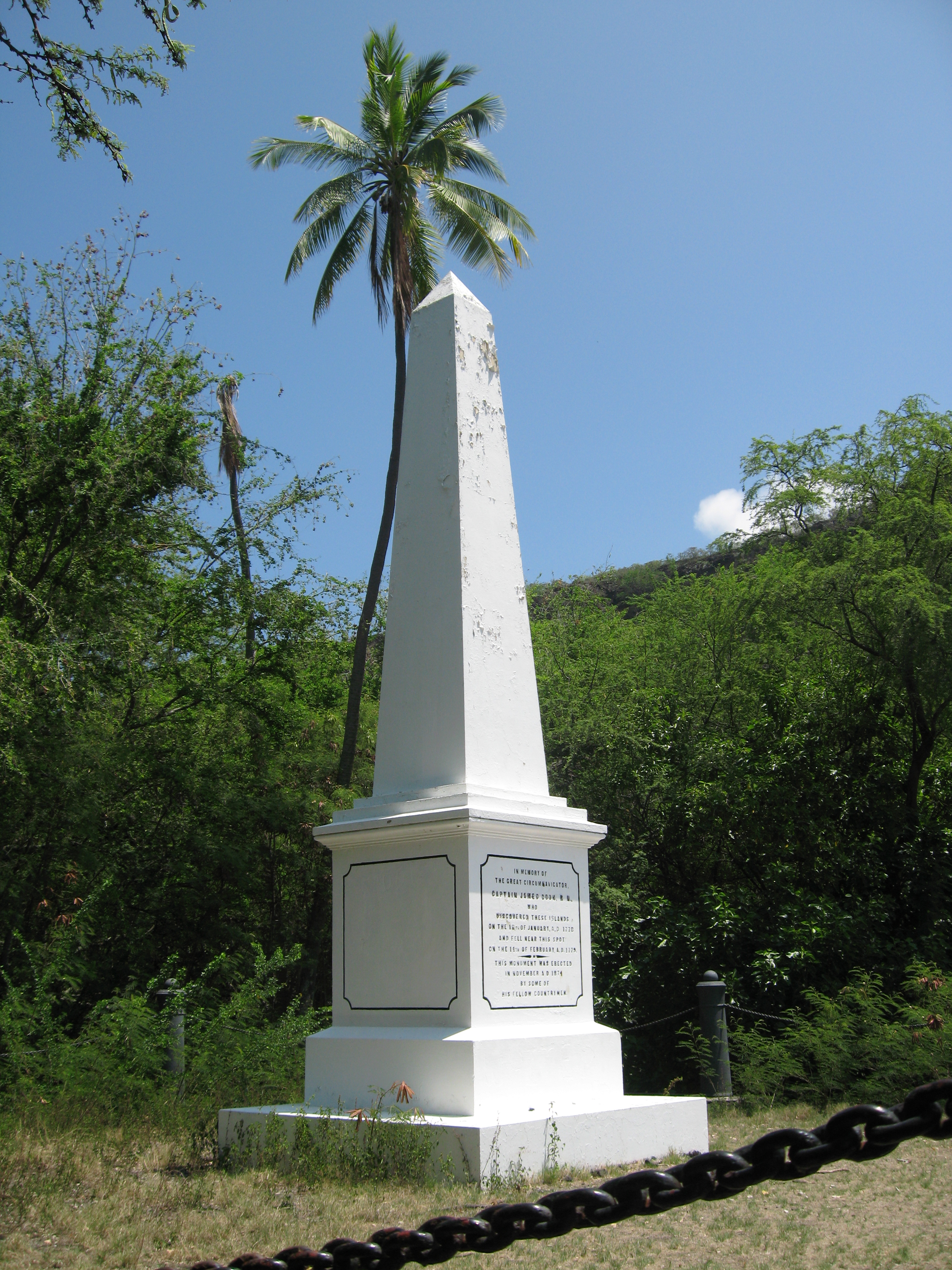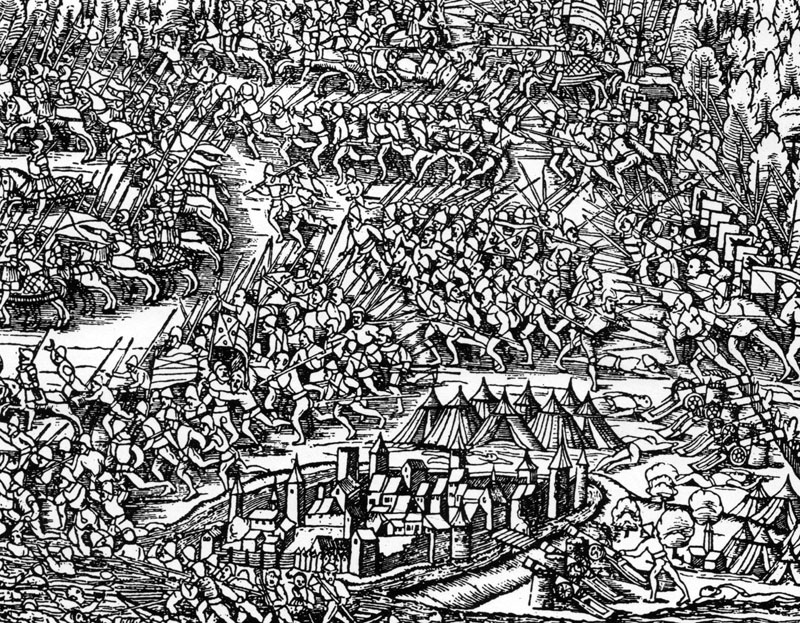|
Canton Of Fribourg
The canton of Fribourg, also canton of Freiburg, is located in western Switzerland. The canton is bilingual, with French spoken by more than two thirds of the citizens and German by a little more than a quarter. Both are official languages in the canton. The canton takes its name from its capital city of Fribourg. History On the shores of Lake Neuchâtel and Lake Morat significant traces of prehistoric settlements have been unearthed. The canton of Fribourg joined the Swiss Confederation in 1481. The area is made up of lands acquired by the capital Fribourg. The present extent was reached in 1803 when Murten (Morat) was acquired. The canton of Fribourg joined the separatist league of Catholic cantons in 1846 ( Sonderbund). The following year, its troops surrendered to the federal army. Geography The canton is bounded to the west by Lake Neuchâtel, to the west and the south by the canton of Vaud, and to the east by the canton of Bern. The canton includes two enclaves with ... [...More Info...] [...Related Items...] OR: [Wikipedia] [Google] [Baidu] |
Cantons Of Switzerland
The 26 cantons of Switzerland are the Federated state, member states of the Switzerland, Swiss Confederation. The nucleus of the Swiss Confederacy in the form of the first three confederate allies used to be referred to as the . Two important periods in the development of the Old Swiss Confederacy are summarized by the terms ('Eight Cantons'; from 1353 to 1481) and ('Thirteen Cantons', from 1513 to 1798).rendered "the 'confederacy of eight'" and "the 'Thirteen-Canton Confederation'", respectively, in: Each canton of the Old Swiss Confederacy, formerly also ('lieu/locality', from before 1450), or ('estate', from ), was a fully sovereignty, sovereign state with its own border controls, army, and currency from at least the Treaty of Westphalia (1648) until the establishment of the Swiss federal state in 1848, with a brief period of centralised government during the Helvetic Republic (1798–1803). The term has been widely used since the 19th century. "" The number of canton ... [...More Info...] [...Related Items...] OR: [Wikipedia] [Google] [Baidu] |
Swiss German
Swiss German (Standard German: , ,Because of the many different dialects, and because there is no #Conventions, defined orthography for any of them, many different spellings can be found. and others; ) is any of the Alemannic German, Alemannic dialects spoken in the German-speaking Switzerland, German-speaking part of Switzerland, and in some Alps, Alpine communities in Northern Italy bordering Switzerland. Occasionally, the Alemannic dialects spoken in other countries are grouped together with Swiss German as well, especially the dialects of Liechtenstein and Austrian Vorarlberg, which are closely associated to Switzerland's. Linguistically, Alemannic is divided into Low Alemannic German, Low, High Alemannic German, High and Highest Alemannic German, Highest Alemannic, varieties all of which are spoken both inside and outside Switzerland. The only exception within German-speaking Switzerland is the municipality of Samnaun, where a Bavarian language, Bavarian dialect is spoken. ... [...More Info...] [...Related Items...] OR: [Wikipedia] [Google] [Baidu] |
Münchenwiler
Münchenwiler () is a Municipalities of Switzerland, municipality in the Bern-Mittelland (administrative district), Bern-Mittelland administrative district in the Cantons of Switzerland, canton of Bern (canton), Bern in Switzerland. History Münchenwiler is first mentioned in 1080-81 as ''Vilar''. In 1228 it was mentioned as ''Vilar les Moinos''. In 1080-81 the village was given by the brothers Gerold and Rudolf de Vilar to Cluny Abbey. Shortly thereafter a priory was founded, which served as a way station for pilgrims on the Way of St. James. The Priory church was built in 1100, using spolia from the Roman ruins at Avenches. The small priory community normally consisted of a Prior (ecclesiastical), prior and two to four monks. The priory suffered during the local wars of the 14th and 15th centuries. It was damaged during the Battle of Laupen in 1339. Over a century later, in 1448, it was damaged again during the Freiburgkrieg between the emergent city-states of Bern and Fribourg ... [...More Info...] [...Related Items...] OR: [Wikipedia] [Google] [Baidu] |
Exclave
An enclave is a territory that is entirely surrounded by the territory of only one other state or entity. An enclave can be an independent territory or part of a larger one. Enclaves may also exist within territorial waters. ''Enclave'' is sometimes used improperly to denote a territory that is only partly surrounded by another state. Enclaves that are not part of a larger territory are not exclaves, for example Lesotho (enclaved by South Africa), and San Marino and Vatican City (both enclaved by Italy) are enclaved sovereign states. An exclave is a portion of a state or district geographically separated from the main part, by some surrounding alien territory. Many exclaves are also enclaves, but an exclave surrounded by the territory of more than one state is not an enclave. The Azerbaijani exclave of Nakhchivan is an example of an exclave that is not an enclave, as it borders Armenia, Iran, and Turkey. Semi-enclaves and semi-exclaves are areas that, except for possessing ... [...More Info...] [...Related Items...] OR: [Wikipedia] [Google] [Baidu] |
Enclave
An enclave is a territory that is entirely surrounded by the territory of only one other state or entity. An enclave can be an independent territory or part of a larger one. Enclaves may also exist within territorial waters. ''Enclave'' is sometimes used improperly to denote a territory that is only partly surrounded by another state. Enclaves that are not part of a larger territory are not exclaves, for example Lesotho (enclaved by South Africa), and San Marino and Vatican City (both enclaved by Italy) are enclaved sovereign states. An exclave is a portion of a state or district geographically separated from the main part, by some surrounding alien territory. Many exclaves are also enclaves, but an exclave surrounded by the territory of more than one state is not an enclave. The Azerbaijani exclave of Nakhchivan is an example of an exclave that is not an enclave, as it borders Armenia, Iran, and Turkey. Semi-enclaves and semi-exclaves are areas that, except for possessing ... [...More Info...] [...Related Items...] OR: [Wikipedia] [Google] [Baidu] |
Canton Of Bern
The canton of Bern, or Berne (; ; ; ), is one of the Canton of Switzerland, 26 cantons forming the Switzerland, Swiss Confederation. Its capital city, Bern, is also the ''de facto'' capital of Switzerland. The bear is the heraldic symbol of the canton, displayed on a red-yellow background. Comprising Subdivisions of the canton of Bern, ten districts, Bern is the second-largest canton by both surface area and population. Located in west-central Switzerland, it is surrounded by eleven cantons. It borders the cantons of canton of Jura, Jura and canton of Solothurn, Solothurn to the north. To the west lie the cantons of canton of Neuchâtel, Neuchâtel, canton of Fribourg, Fribourg, and canton of Vaud, Vaud. To the south lies the cantons of canton of Valais, Valais. East of the canton of Bern lie the cantons of Canton of Uri, Uri, Canton of Nidwalden, Nidwalden, Canton of Obwalden, Obwalden, Canton of Lucerne, Lucerne and Canton of Aargau, Aargau. The geography of the canton includes ... [...More Info...] [...Related Items...] OR: [Wikipedia] [Google] [Baidu] |
Vaud
Vaud ( ; , ), more formally Canton of Vaud, is one of the Cantons of Switzerland, 26 cantons forming the Switzerland, Swiss Confederation. It is composed of Subdivisions of the canton of Vaud, ten districts; its capital city is Lausanne. Its coat of arms bears the motto "Liberté et patrie" on a white-green bicolour. Vaud is the third-largest Swiss canton by population and fourth by size. It is located in Romandy, the partially French-speaking western part of the country, and borders the canton of canton of Neuchâtel, Neuchâtel to the north, the cantons of Canton of Fribourg, Fribourg and Canton of Bern, Bern to the east, the canton of Valais to the south, the canton of canton of Geneva, Geneva to the south-west, and France to the west. The geography of the canton includes all three natural regions of Switzerland: the Jura Mountains, the Swiss Plateau, and the Swiss Alps, (Swiss) Alps. It also includes some of the largest lakes of the country: Lake Geneva and Lake Neuchâtel. It ... [...More Info...] [...Related Items...] OR: [Wikipedia] [Google] [Baidu] |
Freiburger Voralpen - Dent De Brenleire (rechts Vorne) Vanil Noir (hinten)
Freiburger usually refers to the city Freiburg im Breisgau in Germany or a person or thing from there. Examples include: *Freiburger FC, a football team (Soccer) * Freiburger Barockorchester, an orchestra *Freiburger Münster (Freiburg Minster Freiburg Minster ( or ) is the cathedral of Freiburg im Breisgau, southwest Germany. The last duke of Zähringen had started the building around 1200 in romanesque style. The construction continued in 1230 in Gothic style. The minster was partly ...), a cathedral *Freiburger Pilsner, a beer produced by Ganter Brewery Freiburger can also mean: * Mark Freiburger, an American film director * Vern Freiburger, a Major League Baseball player *Freiburger, a synonym for the German wine grape Freisamer See also * Freiburg (other) {{disambig ... [...More Info...] [...Related Items...] OR: [Wikipedia] [Google] [Baidu] |
Sonderbund
The Sonderbund War (, , ) of November 1847 was a civil war in Switzerland, then still a relatively loose confederacy of cantons. It ensued after seven Catholic cantons formed the ("separate alliance") in 1845 to protect their interests against a centralization of power. The war concluded with the defeat of the Sonderbund. It resulted in the emergence of Switzerland as a federal state, concluding the period of political "restoration and regeneration" in Switzerland. The Sonderbund consisted of the cantons of Lucerne, Fribourg, Valais, Uri, Schwyz, Unterwalden and Zug, all predominantly Catholic and governed by conservative administrations. The cantons of Ticino and Solothurn, also predominantly Catholic but governed by liberal administrations, did not join the alliance. After the (Federal Diet) declared the Sonderbund unconstitutional (October 1847) and ordered it dissolved by force, General Guillaume Henri Dufour led the federal army of 100,000 and defeated the Sonder ... [...More Info...] [...Related Items...] OR: [Wikipedia] [Google] [Baidu] |
Murten
Murten (German language, German, ) or Morat (French language, French, ; ) is a bilingual Municipalities of Switzerland, municipality and a city in the See (district of Fribourg), See district of the Cantons of Switzerland, canton of Fribourg (canton), Fribourg in Switzerland. It is located on the southern shores of Lake Morat (also known as Lake Murten). Morat is situated between Neuchâtel and Fribourg and is the capital of the See/Lac District of the canton of Fribourg. It is one of the municipalities with a majority (about 75%) of German speakers in the predominantly French-speaking Canton of Fribourg. On 1 January 1975 the former municipality of Burg bei Murten merged into the municipality of Murten.Nomenklaturen – Amtliches Gemeindeverzeichnis d ... [...More Info...] [...Related Items...] OR: [Wikipedia] [Google] [Baidu] |
Swiss Confederation
Switzerland, officially the Swiss Confederation, is a landlocked country located in west-central Europe. It is bordered by Italy to the south, France to the west, Germany to the north, and Austria and Liechtenstein to the east. Switzerland is geographically divided among the Swiss Plateau, the Alps and the Jura; the Alps occupy the greater part of the territory, whereas most of the country's 9 million people are concentrated on the plateau, which hosts its largest cities and economic centres, including Zurich, Geneva, and Lausanne. Switzerland is a federal republic composed of 26 cantons, with federal authorities based in Bern. It has four main linguistic and cultural regions: German, French, Italian and Romansh. Although most Swiss are German-speaking, national identity is fairly cohesive, being rooted in a common historical background, shared values such as federalism and direct democracy, and Alpine symbolism. Swiss identity transcends language, ethnicity, and r ... [...More Info...] [...Related Items...] OR: [Wikipedia] [Google] [Baidu] |
Lake Morat
Lake Morat or more rarely Lake Murten ( ) is a lake located in the cantons of Fribourg and Vaud in the west of Switzerland. It is named after the small bilingual town of Murten/Morat on its southern shore. It is the smallest of the three lakes in the Seeland or Pays des trois lacs area of the Swiss plateau located at the foot of the first chain of the Jura mountains. The main tributary is the river Broye. Since the Jura water correction its water leaves the lake through the Broye Canal (''Canal de la Broye'') into nearby Lake Neuchâtel that is connected to Lake Bienne/Lake Biel through the Thielle canal. Thus all three lakes form a natural reservoir in order to retain overflow water from the river Aare that flows into Lake Bienne/Biel: in times of combined heavy rainfalls and glacier melting in the Alps The Alps () are some of the highest and most extensive mountain ranges in Europe, stretching approximately across eight Alpine countries (from west to east): Mo ... [...More Info...] [...Related Items...] OR: [Wikipedia] [Google] [Baidu] |
